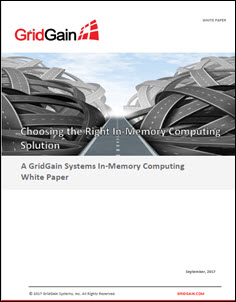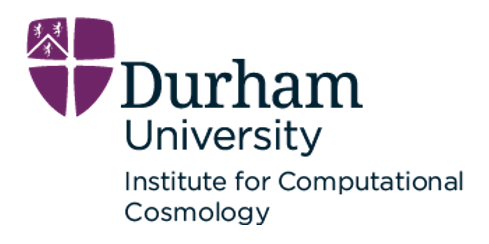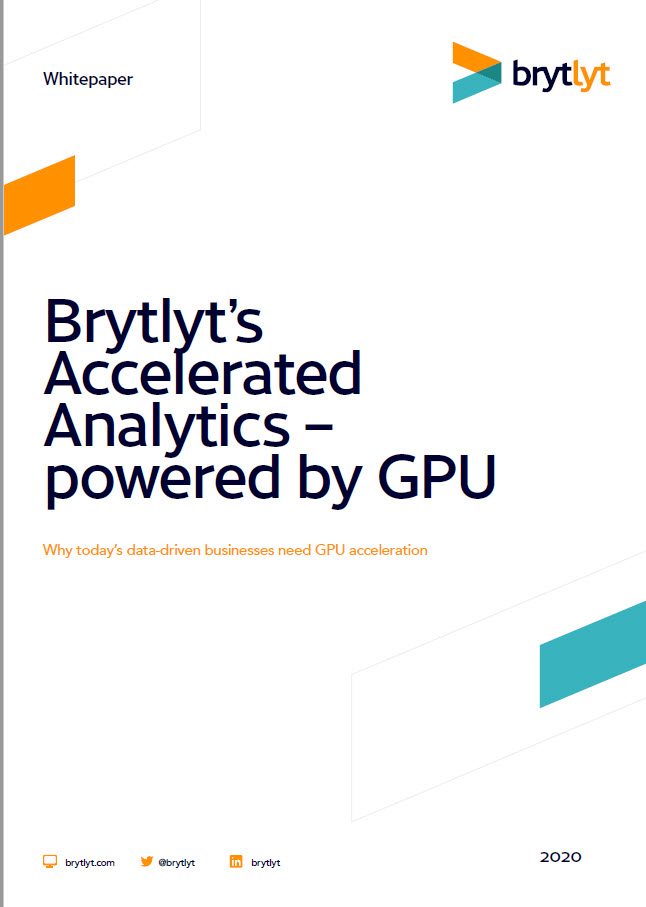If you are deciding whether to invest in an in-memory computing solution (IMC), a new white paper from GridGain Systems can help you make a decision. The topic is coming up more and more as in-memory computing gains steam and attracts interest in the HPC market.

Download the full report.
In fact, in-memory computing is being used for a variety of functions, including fintech and e-commerce, to telecommunications and IoT, as it becomes well known for success with processing and analyzing big data.
But with the growing number of in-memory computing product categories comes a certain level of confusion when it comes to deciding which solution is best for a particular application. The new paper covers why in-memory computing “makes sense,” and explains some of the distinctions between product categories.
So, why is in-memory computing right for today’s fast-data and big-data applications? According to GridGain Systems, “The reason that memory-first architectures perform faster than disk-first architectures has to do with the way the data is accessed.”
Memory-first architectures use memory as primary storage and disk for backup, and this process is much simpler and faster versus the alternative. With in-memory computing, accessing a byte of data can require only the referencing of a pointer, and no loading is needed, according to the report.
There are a few myths about in-memory computing that the white paper aims to dispel, as well, including that it is too expensive, not durable, and that memory is only for caching. On top of tackling these common misconceptions, GridGain also explains why Flash is often not fast enough for today’s large data sets. And for those that think memory is just for caching: Today, many types of processing happens directly in memory, including machine learning, streaming, queries, transactions and more.
The report also covers the following IMC product categories:
- In-memory options for disk-based databases
- In-memory databases
- In-memory data grids
- In-memory computing platforms
According to GridGain, not all data grid products are created equal. And when choosing your solution, it’s important to look for features such as JCache implementation, transactional consistency, SQL support with in-memory indexing and more, all of which the report covers in detail.
The white paper also provides a table of in-memory computing product categories, including descriptions, advantages, disadvantages, and which applications they are best suited for.
Examples and case studies are provided, as well. Learn about Sherbank’s experience with in-memory computing. Sherbank, the largest bank in Russia, was switching from a more traditional, brick-and-mortar setup to a new world with online and mobile customers transacting 24/7. The bank used the GridGain IMC platform to improve performance and scalability.
The new white paper from GridGain covers the following topics:
- Why In-Memory Computing Is Right for Today’s Fast-Data and Big-Data Applications
- Dispelling Myths About In-Memory Computing
- In-Memory Computing Product Categories
- Sberbank Case Study: In-Memory Computing in Action
- GridGain Systems: A Leader in In-Memory Computing
Download the new report from GridGain, “Choosing the Right In-Memory Computing Solution,” to find out whether IMC is the right choice for your business.




